Post-pop or when Portugal weren´t enough for portuguese artists
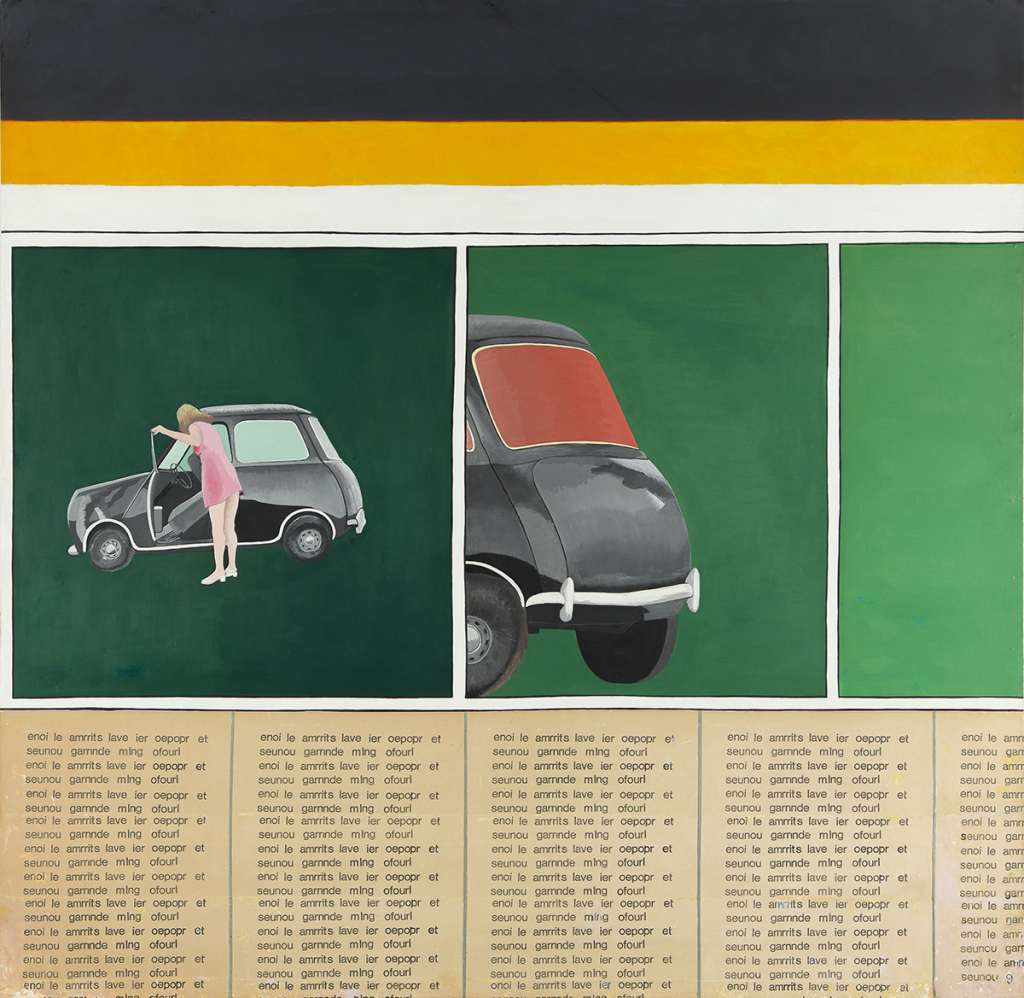
In a country tied to the Estado Novo what did the artists of the 60s create? The latest Gulbenkian exhibition explains it.
Soon after the teaser of the exhibition "Post-Pop. Out of the ordinary "is unmissable, and immediately inspires what we can see in the Gulbenkian until September 10:
The teaser of the show, into the sound of "Now I'll be happy", by the Black Gold Duo in 1964, about the original Beatles "I wanna hold your hand"
In Portugal, a 'poor but joyful' country, ruled by a fascist regime, in which the greatest irreverence allowed was of the type to have Magdalena Iglésias swinging, in a pop contained and fixed with lacquer, "I know who he is, he is good boy, a little shy ", as would the artists who wanted to express themselves freely? They would do what they are doing today, they would leave the oyster to gain wings. But in an unorthodox way, as one would expect; after all, Portugal was a special case in a Europe that woke up from the dormant ones that faded during the 1960s and gave rise to new blooms.
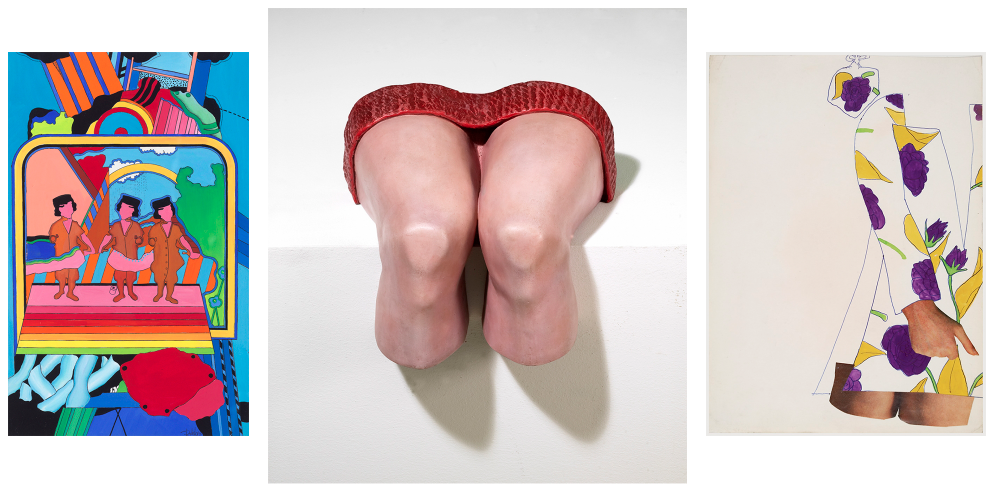
From left to right "Untitled", by António Palolo in 1968, gouache on paper, from the Manuel de Brito collection, photo by Carlos Azevedo; "Untitled (Knees)", by Sérgio Pombo in 1973, polychrome polyester, from the Modern Collection of the Calouste Gulbenkian Museum; "Untitled", by Ruy Leitão, collage, ballpoint pen and gouache on paper, from the Modern Collection of the Calouste Gulbenkian Museum, photo by Paulo Costa. In the opening photo, detail of "Untitled" by Teresa Magalhães in 1970 and 2012, acrylic paint and collage on platex, from the Teresa Magalhães Collection, photo by Carlos Azevedo.
This exhibition presents, in great majority, works produced between 1965 and 1975, in Portugal and England. In some of them, we can see a unit that has to do with the humorous divergence in relation to the common place proposed by Pop Art. And, in the case of Portuguese artists, true trifles of mediocrity that lived in Portugal, we find a common thread which was to have sought inspiration and encouragement abroad in Paris, and above all in London, a true mecca of the 1960s.
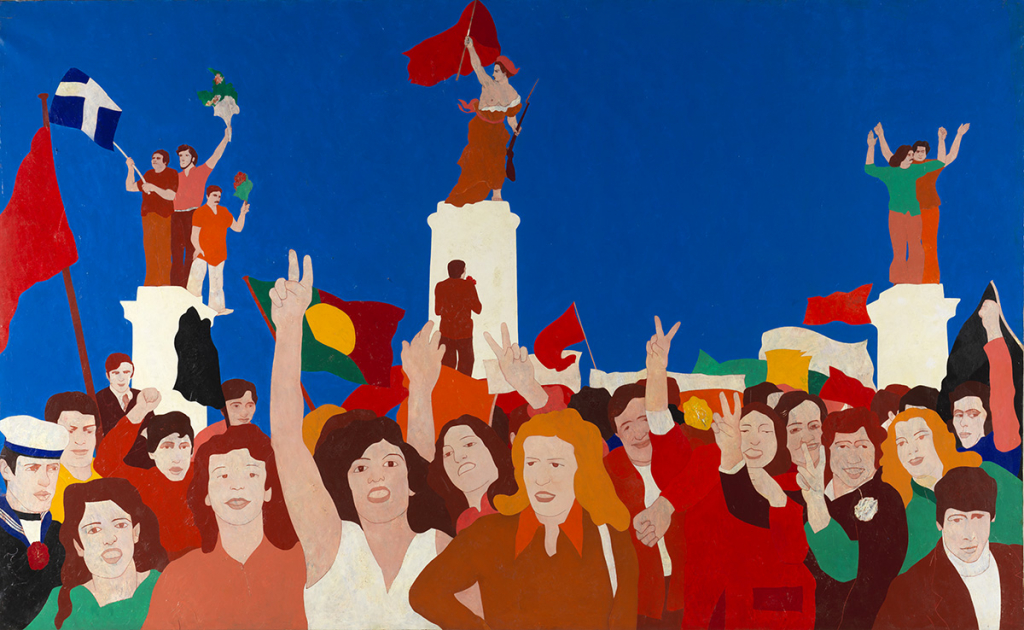
"Delacroix on April 25 in Athens", by Nikias Skapinakis, in 1975, oil on canvas, private collection. Photo of Carlos Azevedo
The criticism of Pop Art arises in the second half of the 1960s. In the case of Portuguese artists, it is simultaneous with the experimentation around this language, whose assimilation, in turn, appears deviant, allowing to widen and transform Pop's influence zone. The work by Teresa Magalhães in the late 1960s, practically unheard of to date, exemplifies this assimilation, while the work of Ruy Leitão, developed in London and stimulated by a well-informed academic context - the artist was a student of Patrick Caulfield who considered one of his most brilliant students - is situated in a zone of critical separation that we called "post-pop."
Another common link between all these artists is the interventional thinking they develop on the artistic object itself as such, which places them in the first essays of conceptual art without, however, abandoning the will to communication that is at the origin of Pop.
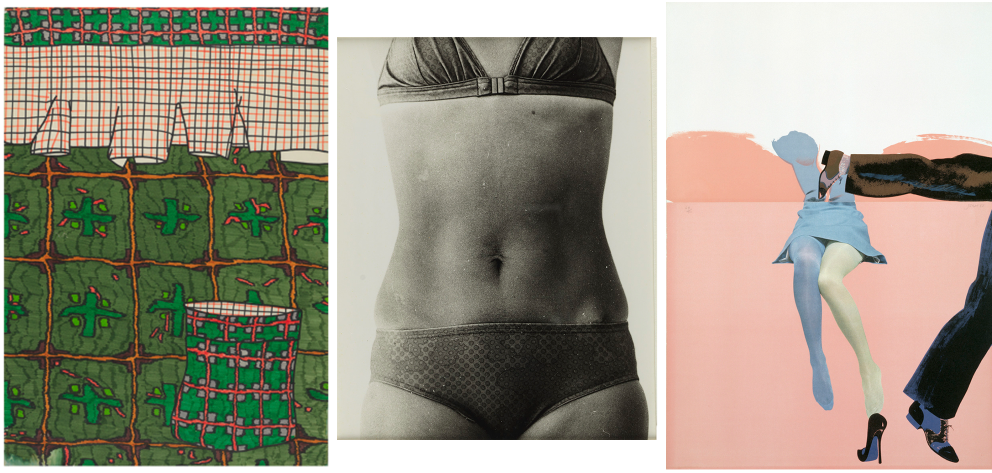
From left to right, "Untitled" by Ruy Leitão in 1967, felt pen on paper, from Collection Galeria 111, photo by Carlos Azevedo; "Summer", by João Cutileiro in 1973, a p / b photograph on paper, from the Phantasma Collection. Photo by Carlos Azevedo; "Model B (Playing the Shoe, Rose)" by Allen Jones in 1968, paper lithography, from the British Council Collection.
It´s about the emergence of new artistic languages, lived first hand in an Anglo-Saxon context. The English influence in Portugal is accentuated by the departure of many artists to London. Portuguese artists react to the country's anachronistic situation, to the colonial war that began in 1961 and dragged on until April 25, 1974, a date that puts an end to it and establishes democracy in Portugal.
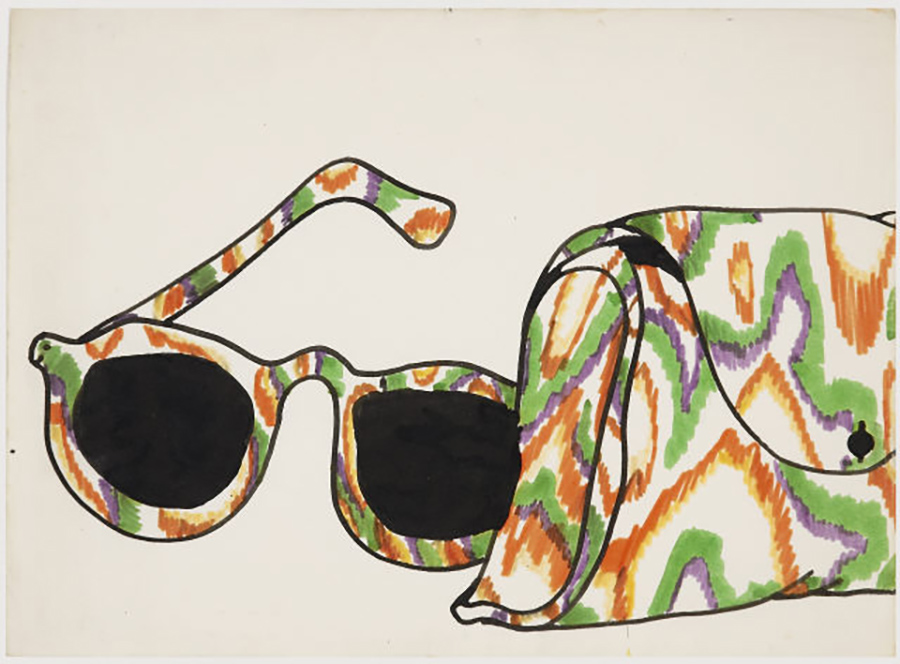
"Untitled", undated, by Ruy Leitão, felt and gouache on paper. of the Modern Collection of the Calouste Gulbenkian Museum. Photo of Paulo Costa
There are some works by English artists, with a notable departure from Pop - Bernard Cohen, Tom Phillips, Jeremy Moon, Allen Jones, among others - along with a larger number of Portuguese artists such as Teresa Magalhães, Ruy Leitão, Eduardo Batarda, Menez, Nikias Skapinakis, Fátima Vaz, Clara Menéres, João Cutileiro, José de Guimarães, among many others.
The exhibition "Post-Pop. Out of the ordinary place "is curated by Ana Vasconcelos and Patricia Rosas.
To know more please click here.
Images taken from the exhibition site.
Articles liés
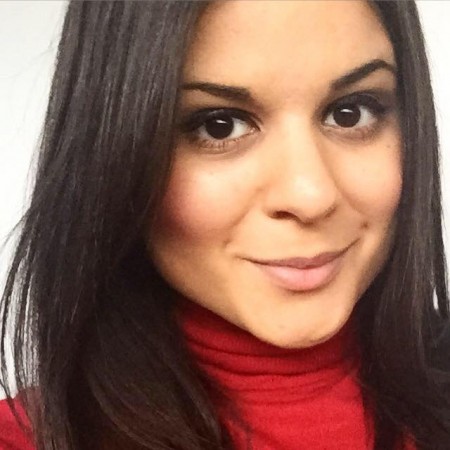
- Populaires Récents









